Key takeaways
A microchip does not contain GPS trackers, meaning you cannot track your dog's location using microchip scanners.
A microchip simply holds a unique ID number that links to your contact details in a database. This means if your dog is found, you can be contacted easily.
You can use GPS devices to track your dog, but these must be already clipped onto their collar before they go missing.
We'll explore other ways to track your lost dog, like through reported sightings, before diving into the best ways to find them yourself.
Quick Navigation
Important information for pet owners
What does a microchip do?
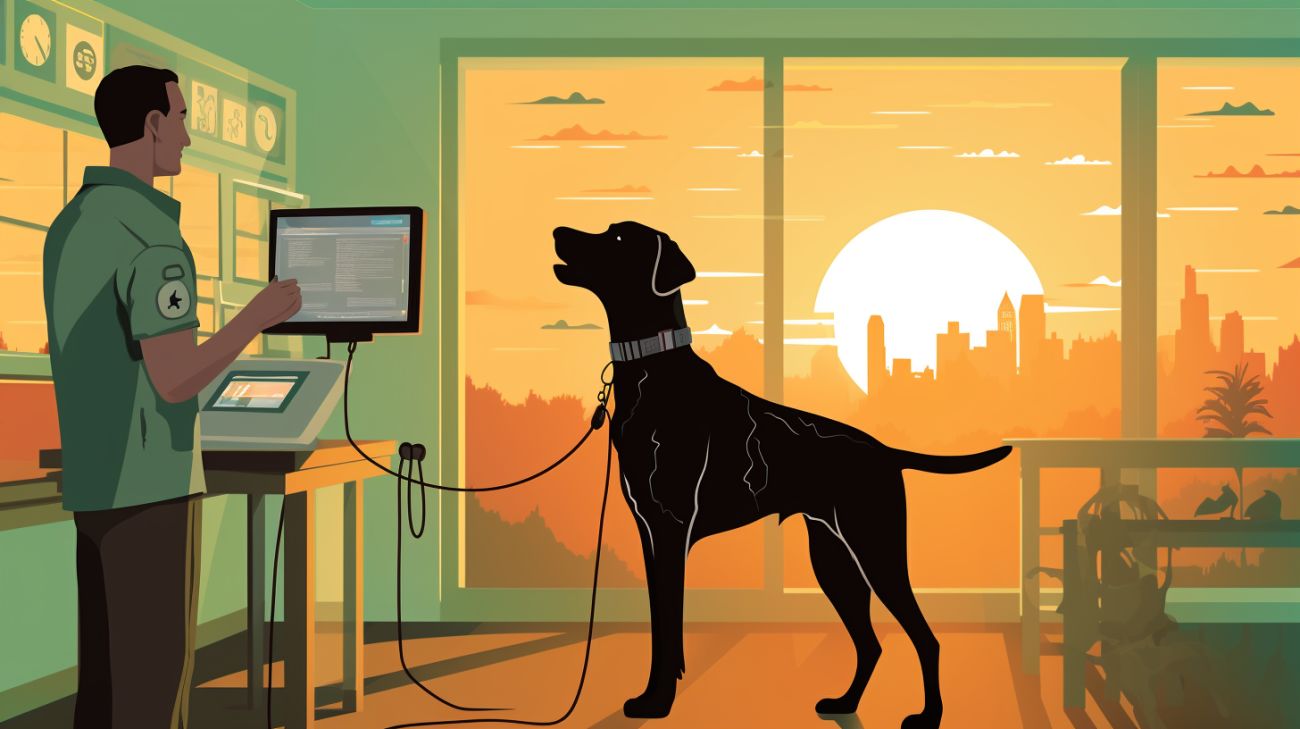
Understanding your pet's microchip number
Your name
Address
Mobile number
Landline number
Email address
How can you track a lost dog?
Use a GPS tracking device
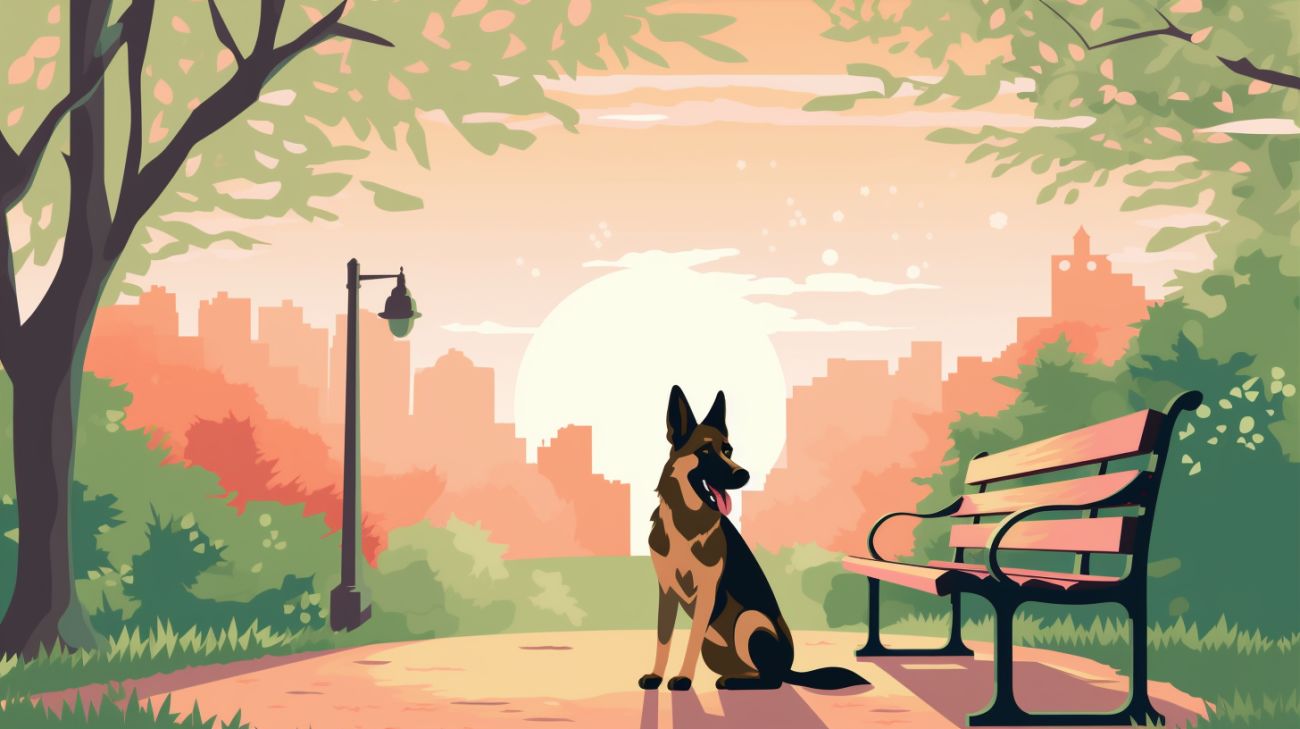
Through reported sightings
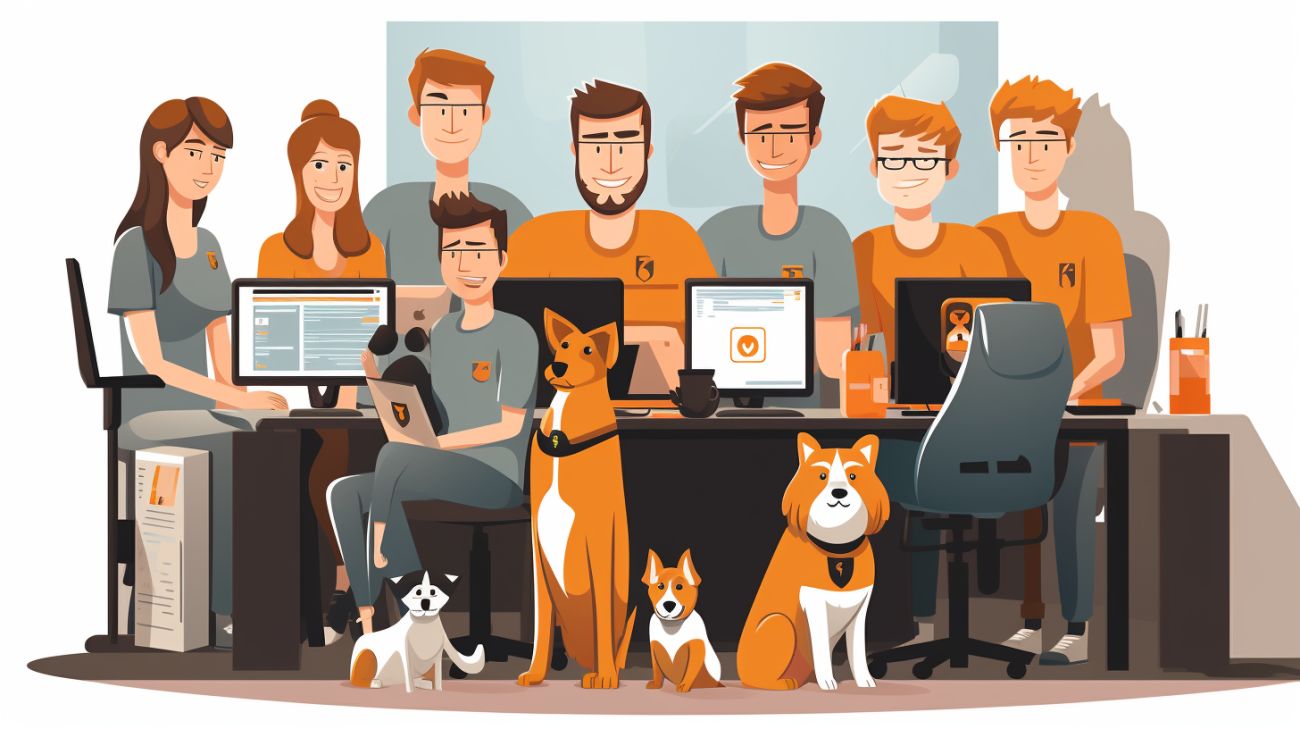
Provide you with a personal dashboard where you can manage your search, keep track of sightings, and increase the radius.
Offer constant personal support and guidance.
List your pet on our website.
Send you a free, expertly designed missing dog poster to print and distribute around your neighborhood.

How to find a lost pet
1. Report them missing
Microchip company: As you may have guessed, this is an important one. By calling your microchip company, you can double-check check the contact details on the chip are accurate and up to date. This will give you the best possible chances of being contacted if they're handed in somewhere.
Local shelters: Make sure the local animal shelter in your area and further afield are aware of your lost dog. Provide them with descriptions and, if possible, email them some photos. This will help them recognize your pup if they receive any reports of a stray or lost dog. They will also have microchip scanners so they'll be able to identify your pet's chip.
Dog warden: Most areas will have a local dog warden. It is their job to attend to any reports of stray dogs or unaccounted dogs. If they are aware your pup is missing, they'll be able to keep an eye out for them and contact you with any information they receive from the public.
Vet clinic: Your vet should be aware if your pup has gone missing. They'll be able to use the information they have, like your dog's medical records, to offer expert advice.
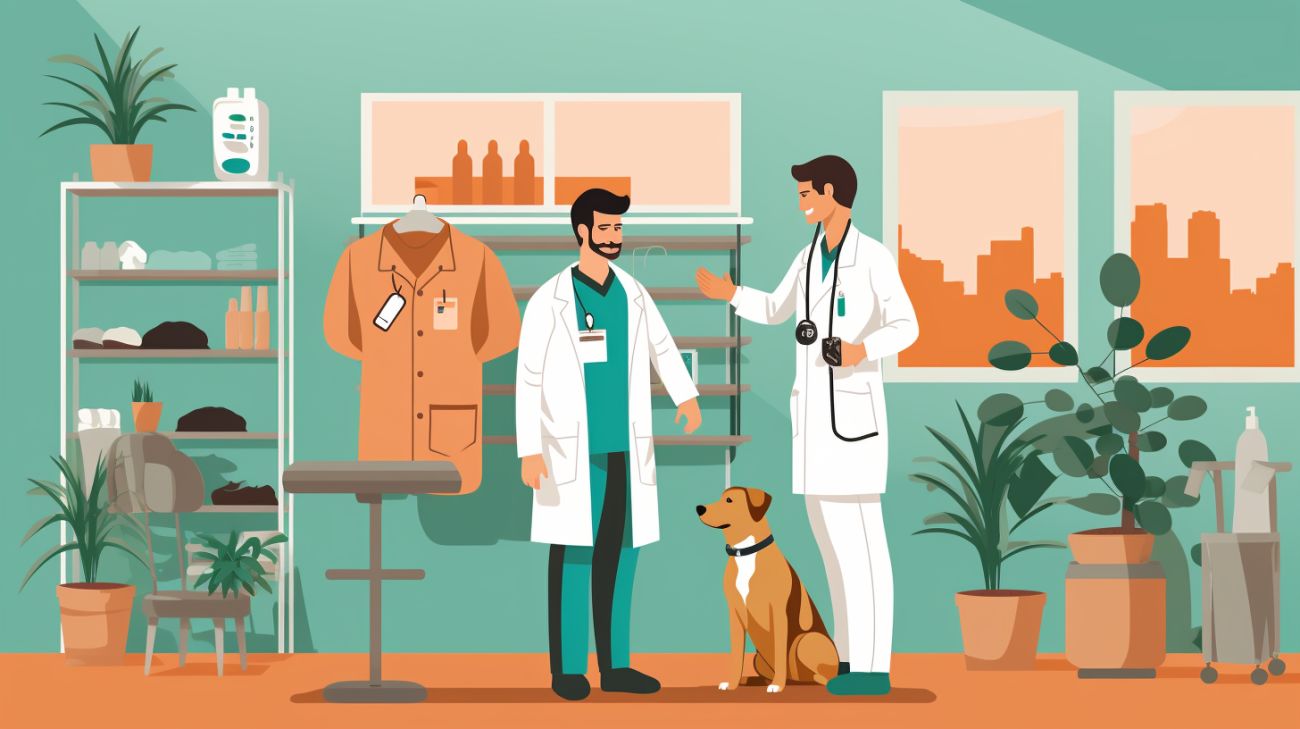
2. Physically search for them
Your neighbors' houses and gardens: If your dog has become bored, they may want to socialize. Often, this means hopping the fence and exploring your neighbor's house and garden, looking for new friends.
Outbuildings: Our furry friends are neophilic, meaning they are attracted to new smells (source. If they've picked up on an interesting scent, they will follow it. Outbuildings like sheds, garages, and bin stores are easy to become trapped in if they've gone exploring.
Local park or walk: Your dog has most likely memorized the route to their favorite park or walk. If they've chosen to have a solo adventure, then it's quite likely they'll head to those familiar and fun places.
Abandoned buildings, fields, and farms: Even though your dog has chosen to run away, they may find themselves lost and become scared. When their 'survival mode' kicks in, they'll find somewhere secluded and isolated to hide. Abandoned buildings, backstreets, farms, and fields all make great spots to wait and hide.
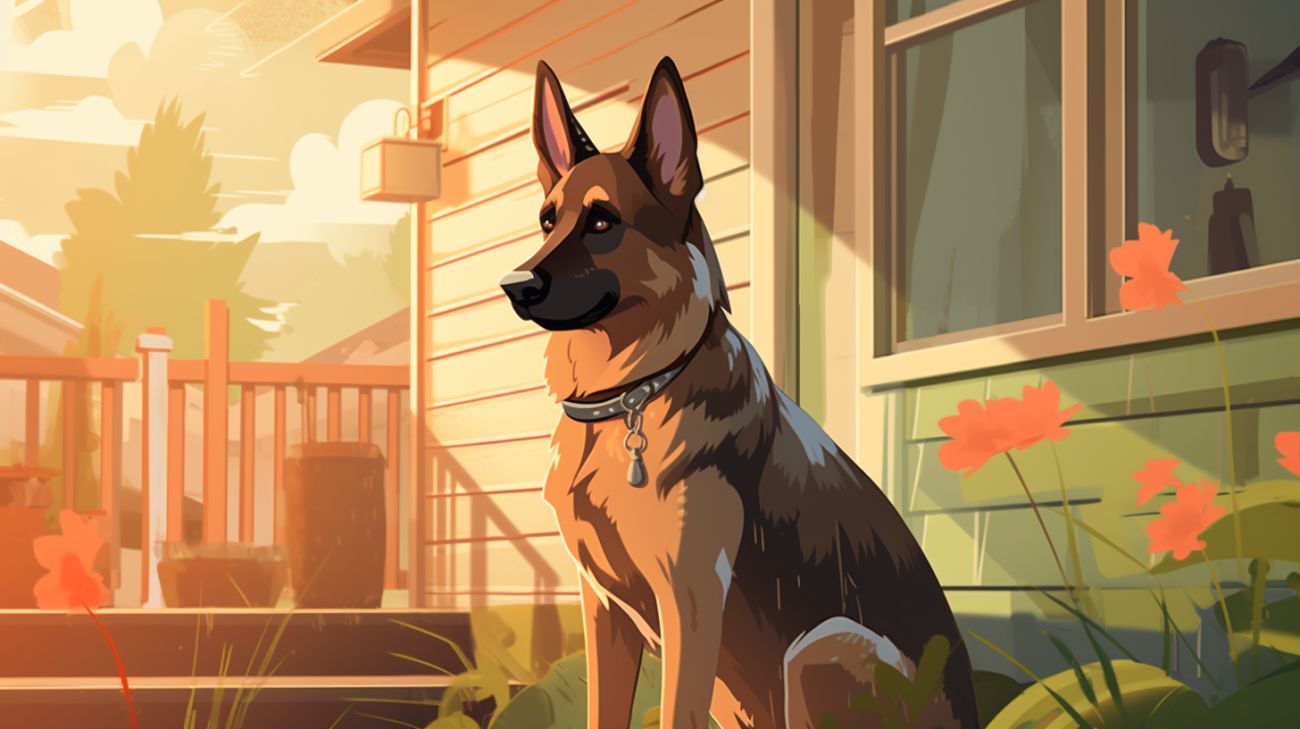
Don't chase them: Although it can be in our instincts to chase our dogs when we see them go running, it can actually make a bad situation worse. If your pup sees you chase them, they may become fearful and distrusting of you, making them run further and less likely to return to you.
Gently call their name: Don't shout or sound overly frustrated or angry. This may scare your dog and make them think they're in trouble. Instead, stand still and calmly call their name in a gentle tone. Only use their name and one or two other words to prevent confusing them.
Retrace your steps: Your dog will be able to follow your scent trail, so rather than walking further and confusing it, you should retrace your steps while looking for them. They will be able to find their way back to the start of the trail.
Set humane traps: If you've been looking for hours and still have had no luck, it's worth setting some humane traps overnight before you return to the trail the next day. These are a safe and easy way to trap your pup while you're not there.

3. Lure them home

Leave strong-smelling food outside: If your dog is in survival mode, they'll be focused on trying to find food. Even if they aren't, they're likely thinking about a tasty snack. Leaving food outside can help your dog find their way home by following the scent.
Open up doors and windows: The most recognizable sounds to your pup will be those of their home. By opening your doors and windows, you'll allow the everyday noises to travel further and hopefully reach your lost pet.
Leave toys, blankets, and clothes outside: The strongest smell to your dog, aside from food, is their territory. The items that will carry this scent most strongly will be toys, clothes, and blankets. Keep them outside so your dog can pick up on them.

FAQs
Can you track your dog with a chip?
Unfortunately, pet microchips aren't GPS devices, so you cannot track a dog with a chip. They simply hold the owner's contact information.
What if my dog is microchipped and lost?
If your dog is microchipped and lost, make sure the owner information is up to date on the microchip. You can do this when you prove ownership by providing the registration number to your microchip company.
Can you scan a pet microchip with your phone?
Yes, if your pet is registered with specific microchip companies, then you can download an app that can scan the chip and show you the chip number and contact information.
How can I track my dog's location?
You can track your dog's location using a GPS tracker. These usually come in the form of a GPS-enabled collar and can tell you your pet's whereabouts at all times.
How can I track my pet?
GPS tracking devices can track your pet, monitor your pet's health, and give you live updates on your pet's location.
Do pet chips have GPS tracking?
No, pet chips do not have GPS tracking. Getting your pet microchipped means they are recognizable if they are found after running away. However, if you want to see your dog's location, you'll need to invest in a GPS tracker.
Can a lost dog be tracked?
A lost dog can be tracked through reported sightings. If they have a GPS tracker attached to their collar, then you will be able to monitor their location live.



